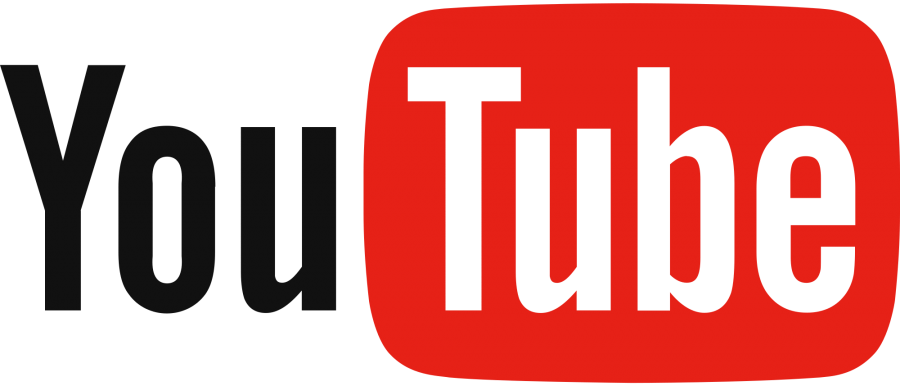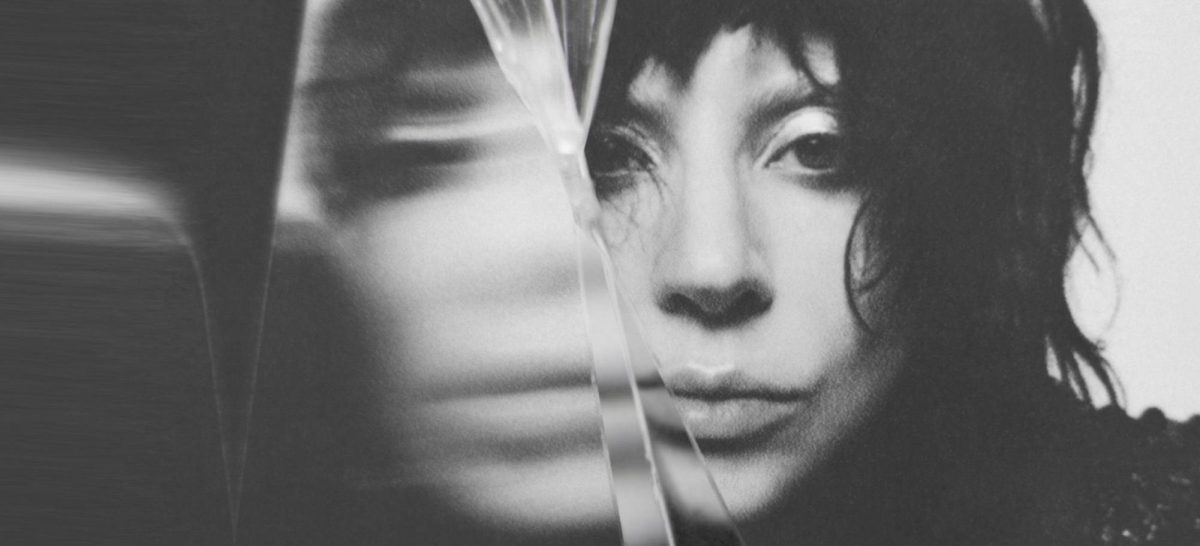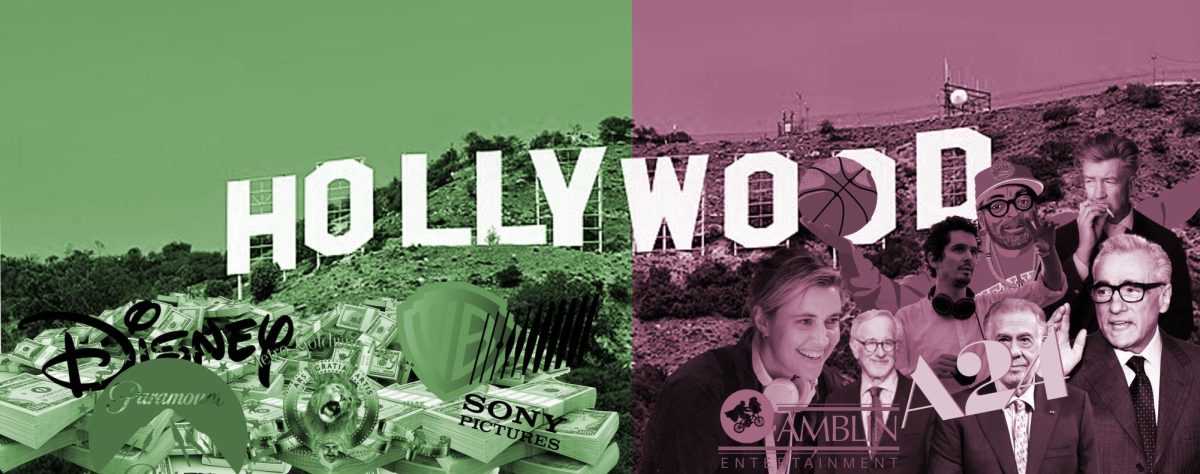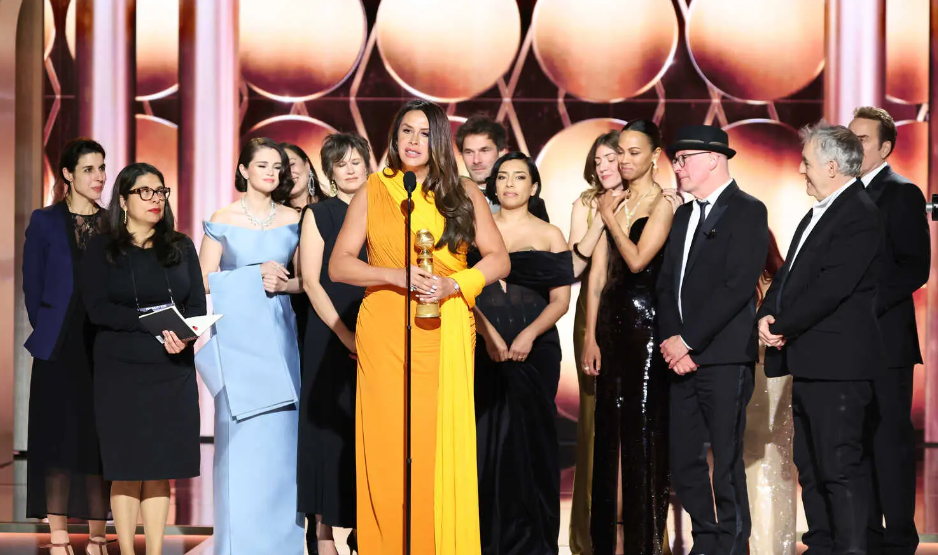Demonetization. From bleeping out swears to censoring inappropriate content, all Youtubers have played within YouTube’s guidelines to receive ad revenue from their videos.
However, in reaction to recent scandals, demonetization has become a buzzword as YouTube cracks down on creator’s content.
Over the past few years, YouTube culture has cultivated a group of young adults who create vlogs, sketches or other types of videos that reach audiences of millions.
Furthermore, these individuals make millions of dollars through advertisements on videos, brand deals and merchandise.
However, giving young people this platform leaves room for serious consequences.
At the beginning of the year, Logan Paul—a Youtuber with a 17 million subscribers and an estimated net worth 12.5 million dollars—posted a video where he vlogged a trip to the “suicide forest” Aokigahara in Japan. While in the forest, Paul and his friends found a man who had recently committed suicide and proceeded to film and upload the video.
Paul’s video received the backlash of millions via YouTube, Twitter, and other social media platforms, causing him to take a month break from Youtube. Aside from the disrespect to the man, his family and individuals with mental health, the Logan Paul controversy raises another important question: how far are Youtubers willing to go to get views on their videos?
Since the incident, YouTube has made changes to their policies regarding advertisements, as well as viewing and sharing content. Now, if the content of a video is flagged as age-restricted, then the creator can not put advertisements on that video; therefore, they cannot make money.
Following the announcement, YouTube has deleted millions of videos that featured content with racist and hateful comments and any with guns or violence, which do not follow their new policies.
Now, more than ever, Youtubers are concerned with making monetization-worthy content—and avoiding any future scandals.









